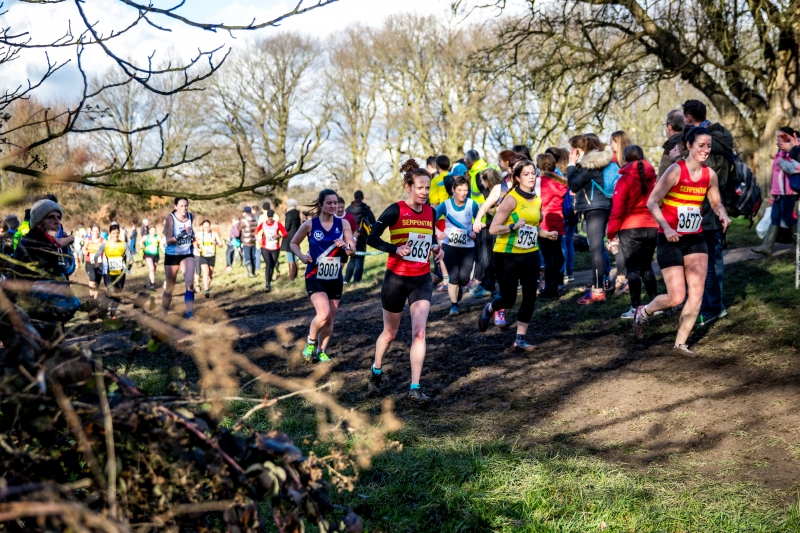How to train after a cancelled race
In the past year we’ve seen a number of races get cancelled, mostly because of the weather, but also (as my race last week was) because of other incidents beyond the organiser’s control. How you train after your race is cancelled is something that probably isn’t covered in your training plan. So let’s break it down.
This is also relevant if you missed a race because of illness, but obviously you need to make sure you’re well again before you resume training.

How soon can you race?
Often this is something that’s beyond your control. You might be limited by the availability of races in the next few weeks or months and those that do exist may be full. Have a look on Find a Race or Let’s Do This.
If you’ve tapered for your goal race, running the following week will just mean an extra week of taper. Longer than a one-week gap is more complex because a longer taper means a longer period of lower milage and intensity.
What was your goal?
If you were planning to complete the race, and your training has gone to plan, you will be able to do that in the next month or so if you just keep active. If you were chasing a goal time, it gets trickier. You’ll have peaked and tapered more precisely and your confidence in that training will fade the longer you wait. You might consider choosing a race that’s further into the future so you can build your milage back up and then taper again.
What distance was your race?
We’re all going to be disappointed about not getting to run a race we’ve trained for. Training for a marathon looks a lot different to training for a 10k and runners generally devote more weeks to marathon training than for shorter distances. This means you probably view the cancellation quite differently. You might be willing to shrug about a cancelled 10k but a cancelled marathon might hurt a little more. Again, this will affect the availability of replacement races – 10K races are easier to come by and get a last-minute place in than marathons.

Adjusting your training
If you’ve found a replacement race that’s three weeks away, the easiest way to adjust your training is to repeat the last three weeks of your training plan. The same goes for races that are 4, 5, 6 weeks away etc.
The temptation is to go out on the day/week of your cancelled race and run too hard or to even test yourself over the pace and distance you intended to race. You wouldn’t do this in training ordinarily, so don’t do it if you plan to find a replacement race. You could, however, do a race over a shorter distance if you have to scratch that racing itch. A 10k would work well for a marathon and a 5k would do for a half-marathon. Approach it as you would a training race giving yourself some recovery time after.
Choose a different distance
If you can’t find a replacement race of the same distance, you could choose one that’s longer or shorter than you were originally training for. Your endurance will be strong enough if you drop down a race distance – say from a marathon to a half – you just need to practice your new goal race pace.
Moving up a race distance isn’t something people typically think about but it’s worth considering. If you’ve trained for a 10k, you’re pretty much half way through a half marathon training plan. Have a look around for a plan that matches your current training, find a race that’s six or more weeks away and keep going.
Here’s some training plans from me.





